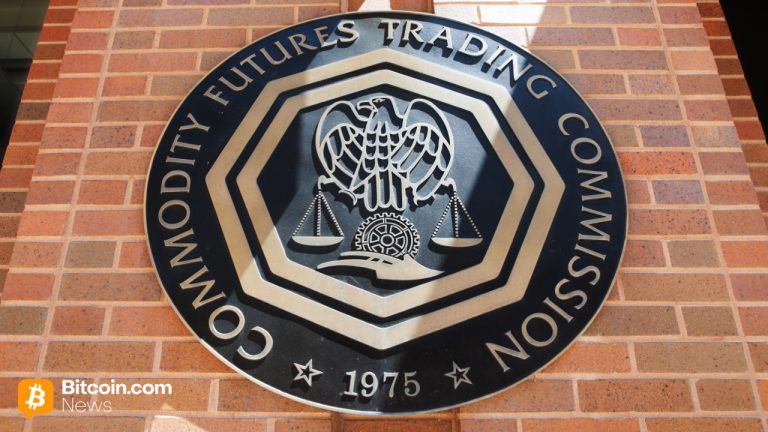Industry heavyweights respond to UK’s crypto asset regulatory framework proposal

HM Treasury was directed to spot problems that may need refinement, but the basic principles of its approach were heartily welcomed.
The deadline has come for comments on a consultation paper and call for evidence released by the United Kingdom’s HM Treasury on a proposed crypto asset regulatory framework. The long-awaited paper, published in February, drew detailed responses from a variety of cryptocurrency industry players.
Blockchain provider Polygon Labs, venture capitalists Andreessen Horowitz (a16z), the Association for Financial Markets in Europe (AFME) and the Digital Pound Foundation (DPF) released their responses on May 1 to the call for comments. Among these diverse voices, some common issues were raised.
The Treasury’s call for “same risk, same regulatory outcome” was well met, although there was no uniform understanding of what that entailed, aside from its basis in the Financial Services and Markets Act of 2000. California-based a16z pointed out weaknesses in the United States Securities and Exchange Commission’s dependence on the Howey test as the firm assessed the U.K. proposal. In its response, a16z wrote:
“It is encouraging that the Treasury’s interpretation of this principle recognises that it does not mean it will be appropriate to apply exactly the same form of regulation in all cases to achieve the same regulatory outcome.”
This tied into the proposal’s emphasis on regulating activities, rather than assets themselves. The basic differences between centralized finance (CeFi) and decentralized finance (DeFi) were central to this discussion. Polygon wrote:
“The source of risk in DeFi systems is significantly different than that in centralised systems, like CeFi or the traditional financial system. To this end, it may be more accurate to update: ‘same risk, same regulatory outcome’ to ‘different source of risk, same regulatory outcome.’“
The proposed framework treated fiat-backed stablecoins and algorithmic stablecoins differently, classifying algorithmic stablecoins as an “unbacked cryptoasset.” Polygon particularly favored the activity-based regulatory approach in this case.
Related: UK Treasury seeks input on taxing DeFi staking and lending
The AFME, which worked with consulting firm Clifford Chance on its response, noted the importance of a global taxonomy of crypto assets for effective international regulation and the „same activities“ approach to exclude blockchain-based representations of value such as loyalty and rewards programs.
1/ @a16zcrypto submitted our response to the UK @HMTreasury „Future Financial Services Regulatory Regime for Cryptoassets“ consultation. We enthusiastically embrace the UK’s approach for a „proportionate and focused, agile and flexible,“ regime. . . https://t.co/rT85Xfd8so
— Brian Quintenz (@BrianQuintenz) May 1, 2023
The AFME also identified the territorial scope of the proposed crypto regulations, which are written to apply to companies that provide services to U.K. nationals. That is a broader scope than regulations concerning traditional assets have, it noted.
The DPF perceived possible deviations from the “same risk, same regulatory outcome” principle in the handling of several forms of crypto assets, and it commented on them in detail. The classification of stablecoins was one of the points it thought needed clarification in this regard.
The U.K. government will respond to the collected responses it received to its paper and engage in further consultations on specific rules as its next step, if they are “taken forward.”
Magazine: Crypto regulation: Does SEC chair Gary Gensler have the final say?




